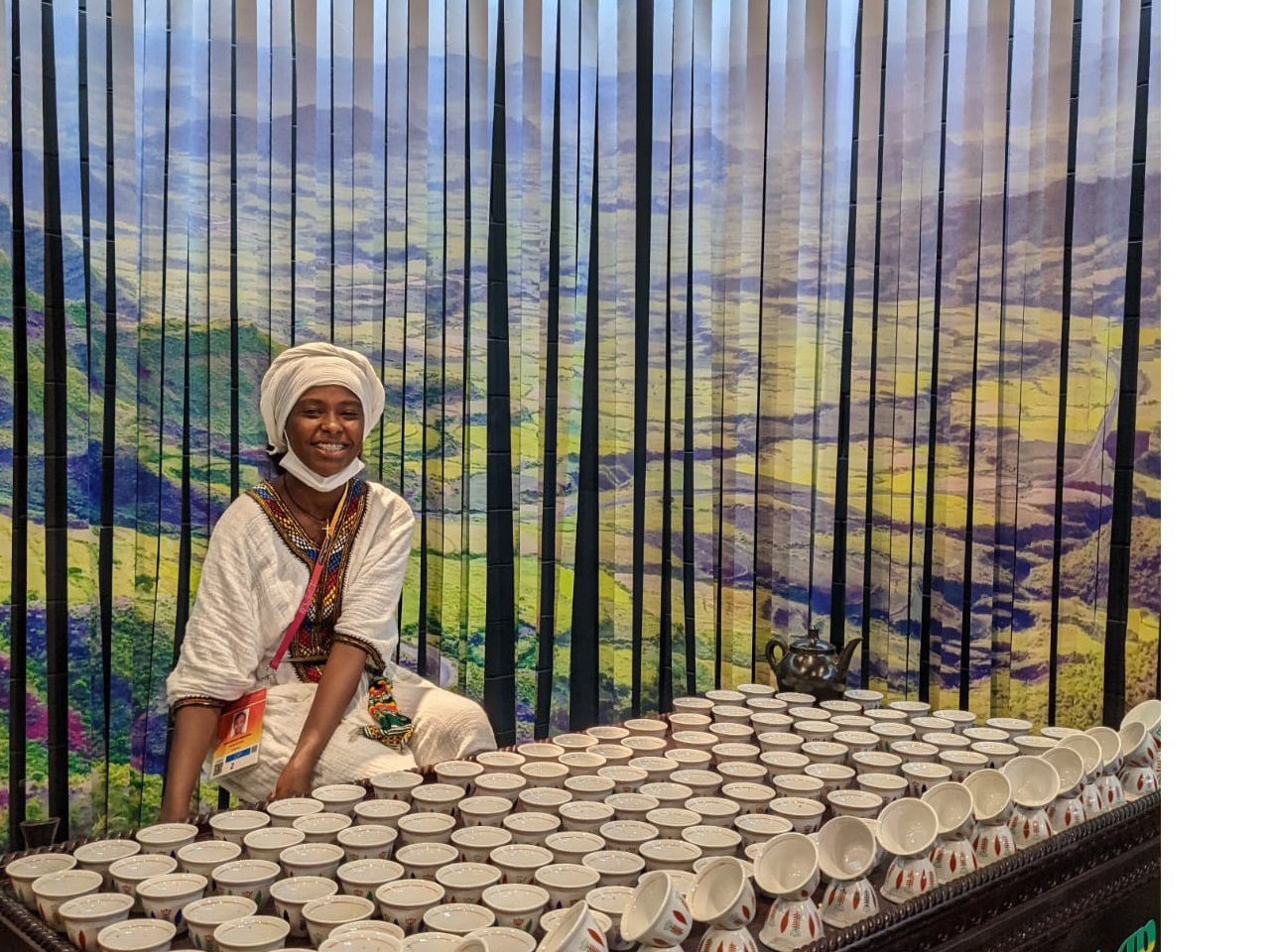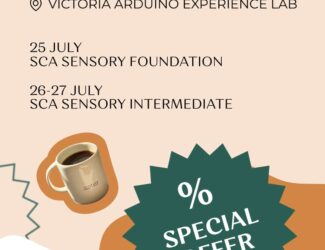
10 Best Places to Drink Coffee at Expo 2020 Dubai
Visitors to Expo 2020 Dubai can not only see the diverse pavilions of the 192 participating countries, but also taste some of the best coffee cups from around the world.
Visitors to the international event can pamper their senses with a selection of the best coffee offered by the cafes of the many pavilions participating in the international event.
To make things easier, we’ve compiled a list of the 10 favorite places to drink the coffee you need for a boost of energy and energy, to continue exploring the Expo 2020 Dubai site:
1. Burundi Pavilion, Opportunity Zone
The Republic of Burundi is located in the Great Rift Valley, where the Great Lakes of Africa converge, in the East African region, and the country offers a breathtaking combination of inland lake beaches, magnificent mountains, and the heart-shaped country is known for its high-quality coffee, and its mountain tea, so we strongly recommend heading to the pavilion Burundi to taste one of the best coffee in the world, where the pavilion offers daily different types of coffee beans that the country is famous for, recognized by the United Nations Global Coffee Quality Alliance “Alliance for coffee excellence”, as well as to experience the mountain tea and honey that the country is proud to produce.
2. Canvas by coffee culture, opportunity Pavilion, Opportunity Zone
This is the best place to have local coffee, enjoy art exhibitions, a mix of coordinated musical tones, and a menu served throughout the day. Co-founded by Stephan bahuero and Abdullah Ibrahim Suhail, “canvas by coffee culture” is designed to welcome Dubai’s ever-evolving creative community, who are looking for space to work, meet others, design and innovate. The coffee shop/co-working space boasts a cultural programme to enrich the community experience, in a simple factory-inspired design.
3. El Salvador Pavilion, mobility area
Known for its strong acidic taste, El Salvador coffee beans are among the highest quality in the world today. Explore the Central American country through its pavilion, which features an immersive three-dimensional and multi-sensory show highlighting the country’s major development projects, and then indulge in a specially designed cafe decorated with surfboards.
4. Ethiopia Pavilion, Opportunity Zone
The ceremony, which involves the ritual of processing unwashed raw coffee beans and pouring them into coffee cups, is the most important social event in many villages in Ethiopia. The Ethiopia Pavilion takes its visitors on a journey that enables them to see the process of growing indigenous coffee from seed to cup, through an interactive screen display, which takes visitors at the end of the trip to the area of “asalna”, a garden planted with Calla Lilies – the national flower of Ethiopia – where at the end of this inspiring journey they can enjoy the traditional ceremony of preparing and serving coffee.
5. Gabon Pavilion, sustainability zone
Head to “alanga” cafe in the Gabon Pavilion every Thursday from 10: 00 to 15: 00, according to UAE time, for a chance to sample coffee, and to get a pack of the best coffee capsules produced by alanga cafe. And if you need a little more convincing, alanga – the only coffee bean grown in Gabon’s rainforest in haute – oguy province-has been awarded the Gold Medal of the gourmet award in the “round and balanced” category at the fourth edition of the International Coffee Roasting Championship.
6. Indonesia Pavilion, Opportunity Zone
Indonesia has been producing and exporting distinctive and delicious coffee for centuries, as well as being one of the largest producers of coffee beans in the world.the Indonesia pavilion offers an integrated scene full of natural and cultural treasures enjoyed by the Indonesian people, from traditional dances to coffee grown in Java, which provides the whole world with its authentic flavor. the Indonesia pavilion provides a modern bridge between authenticity and modernity.
7. Panama Pavilion, Jubilee area
Brewed from the finest Arabica coffee beans known as Geisha coffee, it is grown in the highlands of Chiriqui province, located near the city of Vulcan Baru.Panamanian Geisha coffee is known for its unique sharp taste, aromatic aroma, delicious fruity flavor, mild acidity and excellent sweetness. Head to the Panama pavilion to explore the fog-shrouded coffee plantations by taking a 360-degree virtual tour of the coffee plantation in Boquete; explore the five magnificent UNESCO World Heritage sites; take a virtual reality trip through the Panama Canal and, at the end of the visit, head to the pavilion shop to buy coffee beans, including the famous Geisha coffee beans.
8. Rwanda Pavilion, Opportunity Zone
Rwanda’s favorable climate, combined with high-quality processing of coffee beans, plays an important role in making some varieties of coffee beans rich and varied in flavor. At the end of your visit to the Rwanda Pavilion, which takes visitors on a journey through a space inspired by the King’s Palace, as well as allowing visitors to experience virtual reality that takes them on an exciting journey with a gorilla, head to the Rwanda cafe for a taste of the original coffee grown in the country.
9. Venezuela Pavilion, Jubilee
If you’re looking for a delicious combination of coffee and chocolate, just head to the Venezuela Pavilion restaurant and lounge. Venezuela is famous for its traditional Arabica coffee beans (Venezuela is the most famous region for growing this type of coffee bean, which is grown near the Andes mountain ranges), having a very sweet flavor with a remarkably balanced acidity. In addition, the country is famous for the production of cocoa beans with a legendary taste, especially the abundance of Criollo cocoa beans, known for the wonderful taste they leave after drinking and is the reason for their popularity.
10. Yemen Pavilion, sustainability zone
Yemen has a long history with coffee dating back more than 1,000 years, where the first archaeological evidence of the use of the coffee drink was discovered in the Yemeni city of “Zabid”, according to global studies. To meet local demands, the people began to grow coffee beans in the fifteenth century, so all coffee lovers have to visit the Yemen Pavilion. The pavilion features a presentation that lists the beautiful links between the Yemeni people and the coffee beans they produce, as well as the experience of inhaling the aroma of coffee beans that will refresh your senses.



